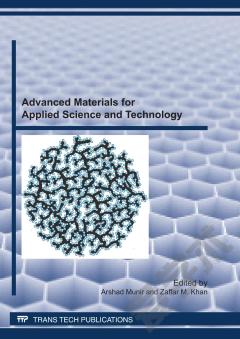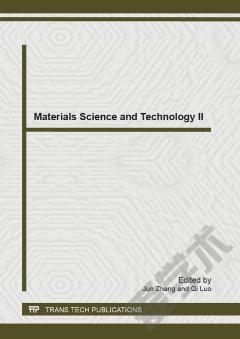Advanced Materials for Applied Science and Technology II
The design and market forces driving the never-ending quest for improved materials for aerospace vehicles include lower weight, improved corrosion and fatigue resistances and lower acquisition and operating costs. The application of composite materials to commercial aircraft, and their extrapolation to next-generation aircraft, has led to significant overall weight-savings; which translate into enhanced range, payload and endurance. The most significant current barriers to an increased use of composite materials are high manufacturing costs, poor reliability in estimating design and development costs, and the inability to predict accurately structural failure. As advanced composites having superior physical and mechanical properties are being eagerly sought, optimization of their processing, design parameters, failure modes and multifunctionality are also being sought.
{{comment.content}}








 京公网安备 11010802027623号
京公网安备 11010802027623号